Creativity in the Classroom - Part 2
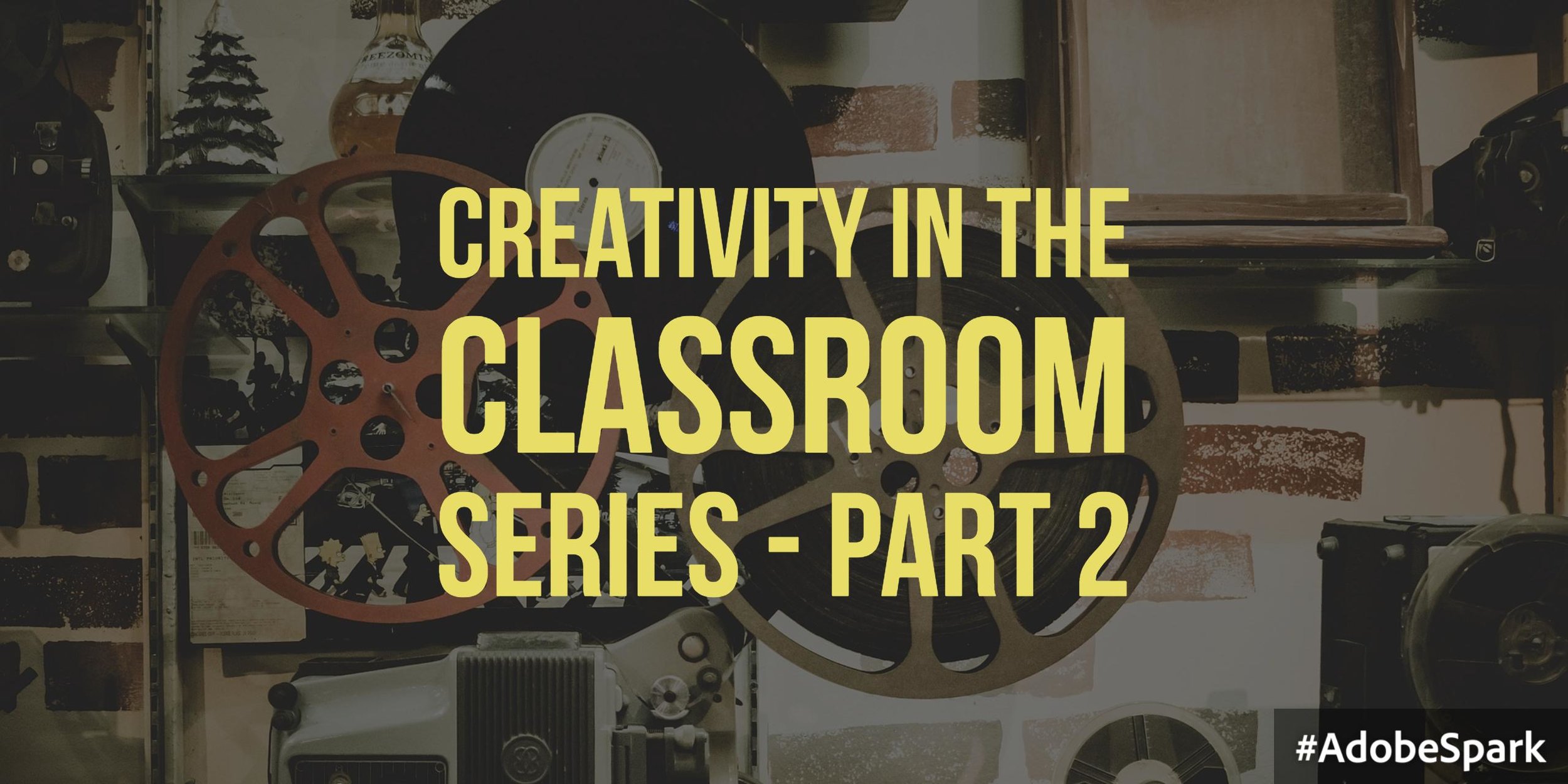 For many years, school districts across the country have focused much energy, time, and money on getting the top scores in standardized testing. Anecdotally, in my experience and in talking with other teachers, this emphasis on state tests has stifled creativity and innovation. When it's all said and done, we have graduated and promoted students that are great test-takers. While at the same time having granted diplomas to individuals who cannot problem-solve; are not creative thinkers, and lack an innovate drive. However, I believe a shift is happening in education. With advocates such as STEAMEdu, iSchool Initiative, EdCampGlobal, and AdobeEdEx, stakeholders in school districts are understanding the importance creativity has in the classroom.
For many years, school districts across the country have focused much energy, time, and money on getting the top scores in standardized testing. Anecdotally, in my experience and in talking with other teachers, this emphasis on state tests has stifled creativity and innovation. When it's all said and done, we have graduated and promoted students that are great test-takers. While at the same time having granted diplomas to individuals who cannot problem-solve; are not creative thinkers, and lack an innovate drive. However, I believe a shift is happening in education. With advocates such as STEAMEdu, iSchool Initiative, EdCampGlobal, and AdobeEdEx, stakeholders in school districts are understanding the importance creativity has in the classroom. 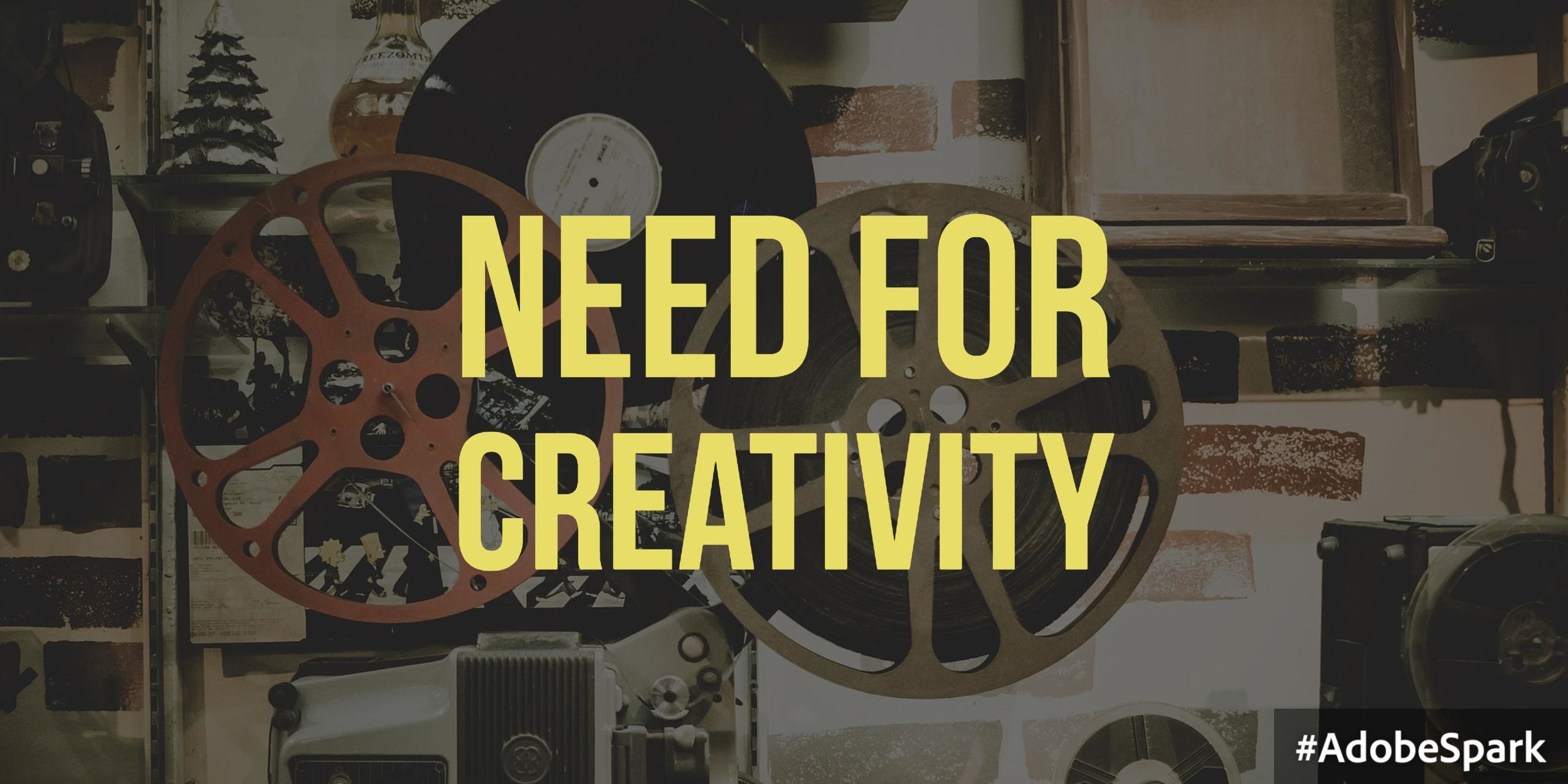 Creativity is not thought of as a skill. I think it is safe to say the many see creativity relegated to the arts, theater, and music. However, creativity is more than placing color on a canvas. Sir Ken Robinson defines creativity the process of having original ideas that have value. http://www.youtube.com/watch?v=BfjqIJiOlHIThe process of getting the ideas and sometimes having them evolve to something new. That process of working through the ideas and finding solutions are what employers around the globe are looking for in their candidates. In a study by The Economist Intelligence Unit found that creativity ranked in the top 5 most critical skills needed for employees. By the year 2020, creativity will be a top 3 skill in demand among professionals according to World Economic Forum.
Creativity is not thought of as a skill. I think it is safe to say the many see creativity relegated to the arts, theater, and music. However, creativity is more than placing color on a canvas. Sir Ken Robinson defines creativity the process of having original ideas that have value. http://www.youtube.com/watch?v=BfjqIJiOlHIThe process of getting the ideas and sometimes having them evolve to something new. That process of working through the ideas and finding solutions are what employers around the globe are looking for in their candidates. In a study by The Economist Intelligence Unit found that creativity ranked in the top 5 most critical skills needed for employees. By the year 2020, creativity will be a top 3 skill in demand among professionals according to World Economic Forum. 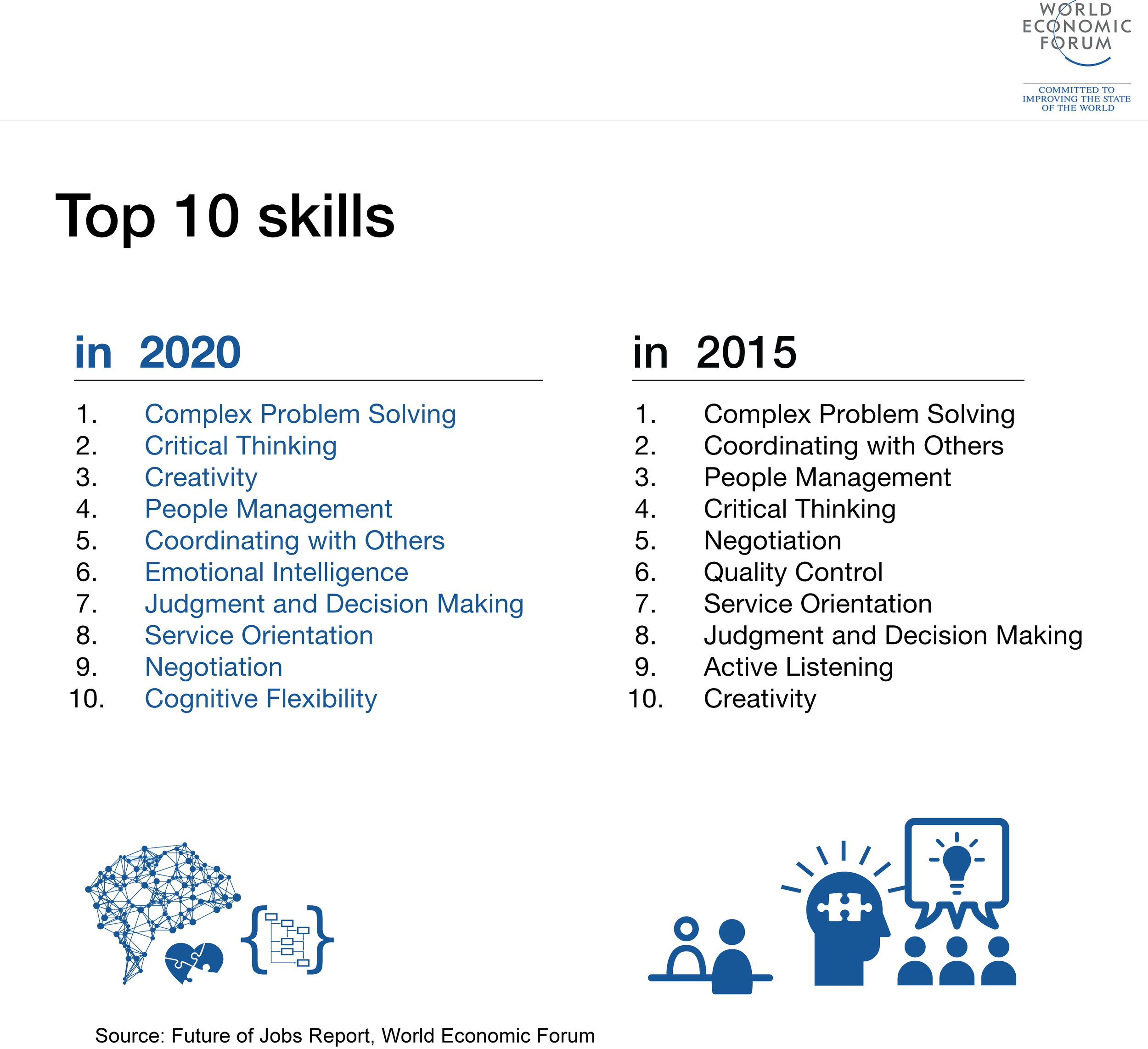 Workers will need to be more creative to tackle technology changes that are for sure to come. That is why it is imperative to include creativity in the academic curriculum.
Workers will need to be more creative to tackle technology changes that are for sure to come. That is why it is imperative to include creativity in the academic curriculum.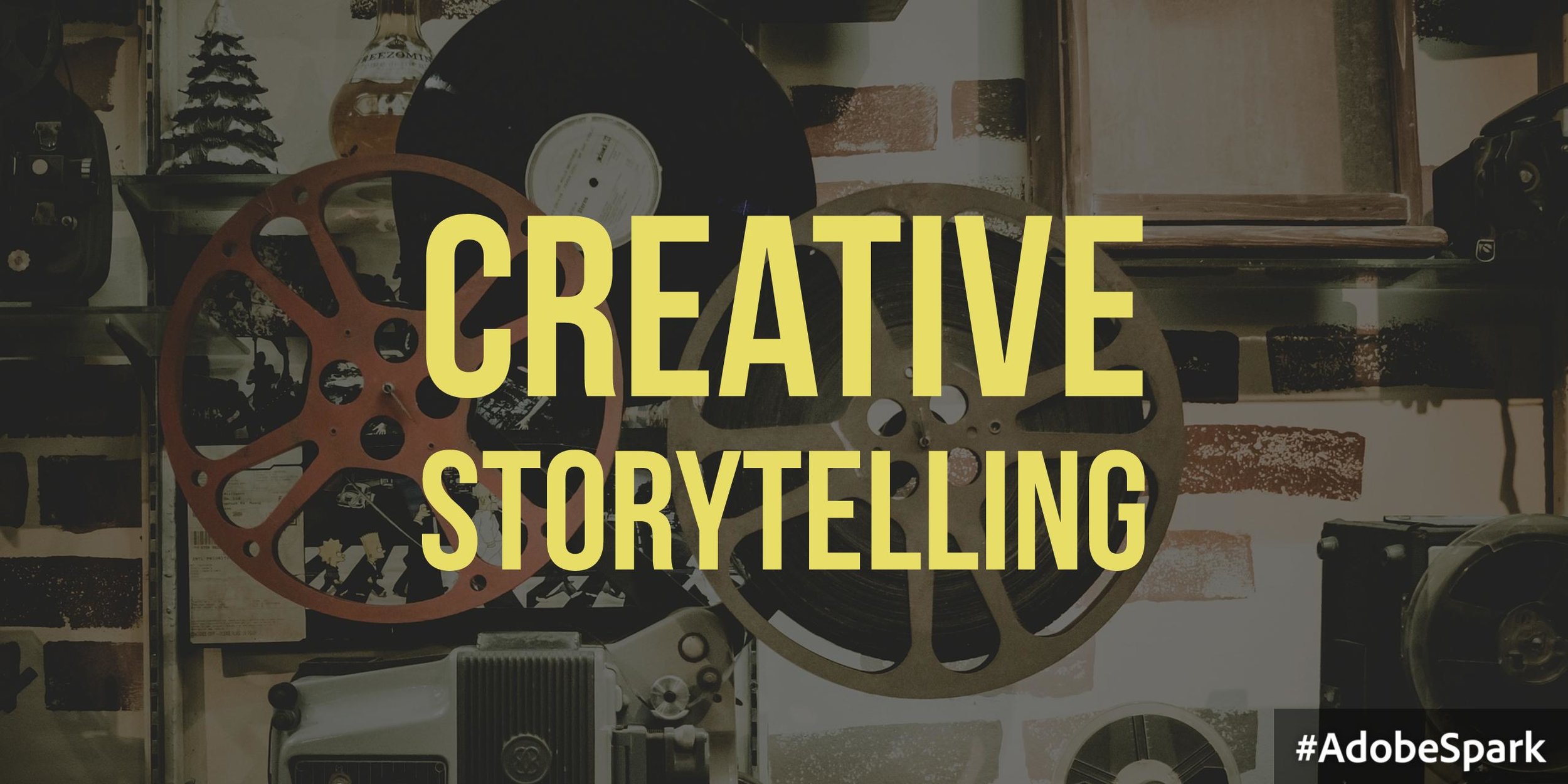 Emphasizing creativity in the classroom is something I am passionate about. In the blog series, Creativity in the Classroom, the goal is to share methods and/or ideas to use and promote creativity in classroom instruction. Last week, I shared ideas for creating videos in the classroom using green screen effect. In this part, we will explore the different ways of creative storytelling.We all have our favorite stories. Bedtime stories, folklore, fables, science fiction, you name it. Take a moment and think about your favorite stories.
Emphasizing creativity in the classroom is something I am passionate about. In the blog series, Creativity in the Classroom, the goal is to share methods and/or ideas to use and promote creativity in classroom instruction. Last week, I shared ideas for creating videos in the classroom using green screen effect. In this part, we will explore the different ways of creative storytelling.We all have our favorite stories. Bedtime stories, folklore, fables, science fiction, you name it. Take a moment and think about your favorite stories.
- What draws you to them?
- What are the most compelling videos or stories you've read or seen?
- What attributes made these videos/stories compelling?
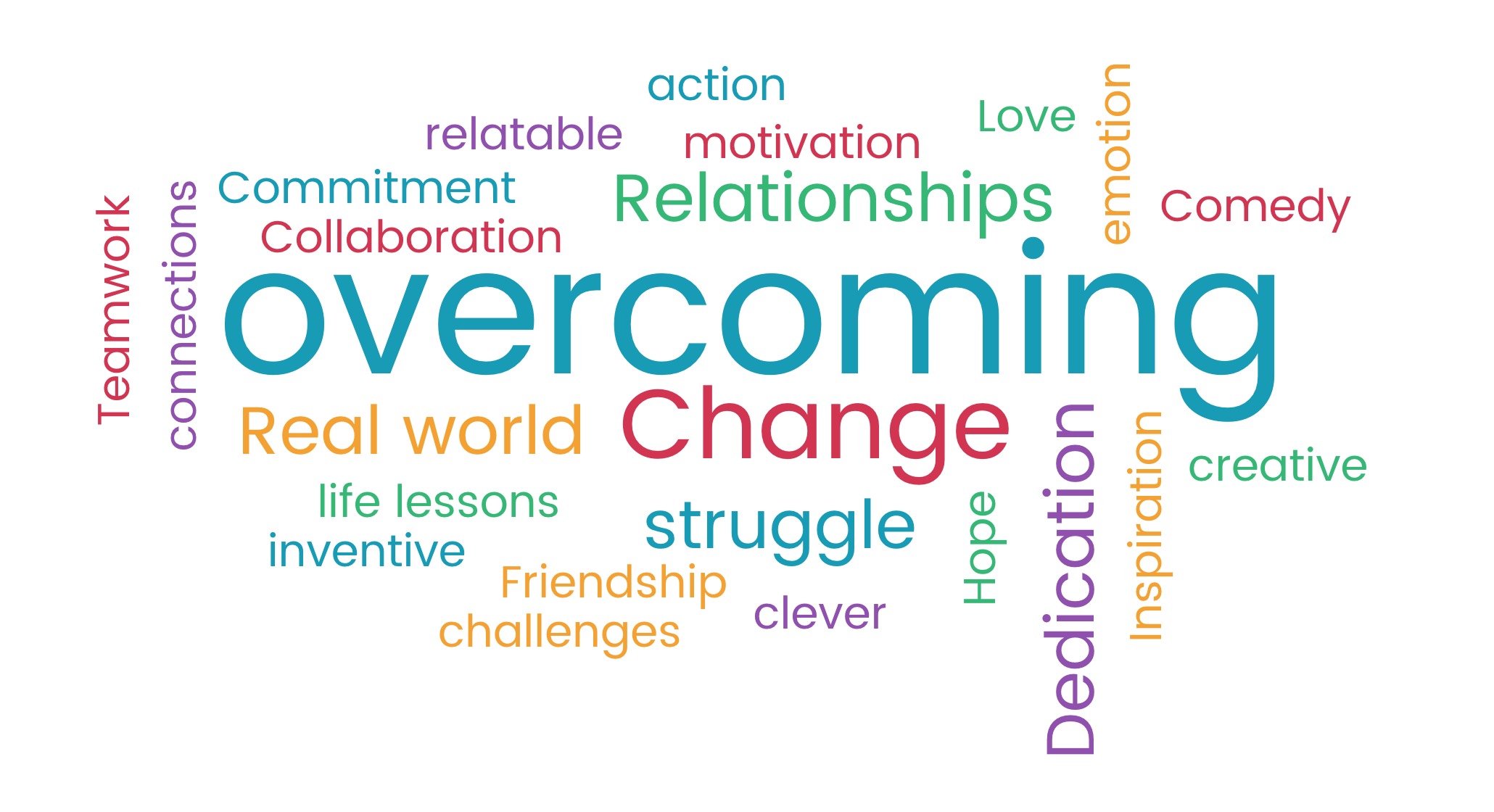 I venture to say that for most of you, your favorite stories made an emotional connection with you. The stories either tugged at your heart, made you upset, or made you laugh. These reactions are the results of using compelling attributes in stories. Want to learn to tell great stories? Here are 5 tips to for creative storytelling.
I venture to say that for most of you, your favorite stories made an emotional connection with you. The stories either tugged at your heart, made you upset, or made you laugh. These reactions are the results of using compelling attributes in stories. Want to learn to tell great stories? Here are 5 tips to for creative storytelling.
- Character obstacles - make sure there’s an obstacle or challenge in the way of your character.
- Story - subjective expectations meet objective reality
- Normal, Explosion, new normal - set the scene, change, new scene
- Story delay - drag out the story; what will happen to our hero
- Exaggerate - make the story dramatic
The list is not intended as a step-by-step process but to think of them as different approaches or styles to writing the stories. Whichever one you choose it is sure to draw your reader/viewer in.When thinking of drawing the viewer into the story, Andrew Stanton comes to mind. If you never heard of him, he’s the producer, screenwriter, and director of Academy Award for Animated Feature Finding Nemo and WALL-E. Not too shabby. The video is 18 minutes long but well worth the time. He tells of the telling the story from the end to the beginning. Here is his TED Talk on the clues to a great story (contains graphic language).http://www.youtube.com/watch?v=KxDwieKpawgHe does a great job explaining storytelling while telling a story. Genius!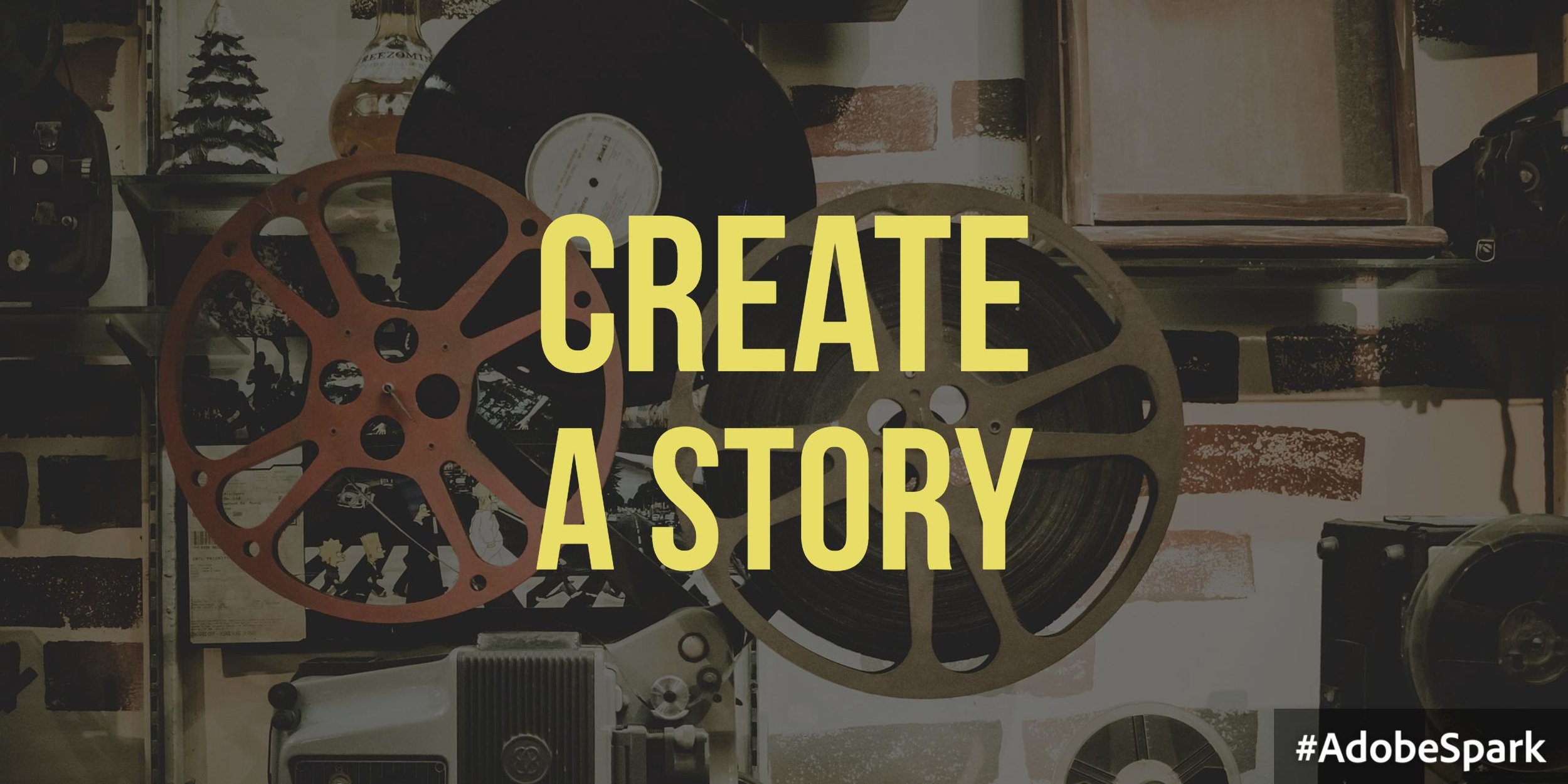 Now that I have shared with you several tips or approaches to creative storytelling. What kinds of tools are available to use to create stories? Here I will share several apps I found useful in creating stories. I am an iOS user, but when available I will point out when apps are cross-platform.Adobe Spark Video (iOS only)Get started creating compelling stories using Adobe’s Spark Video. The great benefit of using Spark Video are the built-in features. As mentioned in the previous section, creative storytelling draws the reader and viewer into your story. You want to make them want to read. Make your audience want to see the end. Fortunately, Spark Video begins with a series a templates to choose from to help get your story made. Here is my interpretation of an old fairy tale I made using Spark Video:http://www.youtube.com/watch?v=gQurZgXTBlgAdobe Clip (iOS & Android)Adobe Clip is a free app that lets you create and edit right on your device. Unlike iMovie, in my opinion Adobe Clip is quicker and easier to use. Customize your story by using your own images and videos already on your device. You also have the option of letting Adobe Clip so the work for you. Here’s a brief explanation of how it works. Begin by choosing your videos and photos from your photos library and then choose music/soundtrack. You can the adjust pacing and rearrange clip order. Finally, before exporting and sharing, you can use a freeform editor. Using freeform editor is not necessary unless you want to further customize. Although there are no templates as in Adobe Spark Video, you pretty much have control over the type of story you want to tell. Check out this link for further details on using Adobe Clip Automatic feature.Here a sample video I created w/ Adobe Clip. http://www.youtube.com/watch?v=ODUha_UNwCAAdobe Spark Page (iOS only)If video creation is not your forte, try out Adobe Spark Page. Spark Page provides stunning layouts that allows you combine photos, videos, and text into vivid motion displays. Not graphically inclined, not to worry. Create stories using magazine-style themes. What I like about Spark Page is that you can focus on developing your story instead of the design side.Here are a few stories that were created using Spark Page. Notice the varying styles of storytelling. Some are more image heavy while others combine the use of text and photos. Use these as inspiration to create your own!Here to Here: An ode to CaliforniaLife is a journey in BohemiaMichael Ray Nott: Street Photography
Now that I have shared with you several tips or approaches to creative storytelling. What kinds of tools are available to use to create stories? Here I will share several apps I found useful in creating stories. I am an iOS user, but when available I will point out when apps are cross-platform.Adobe Spark Video (iOS only)Get started creating compelling stories using Adobe’s Spark Video. The great benefit of using Spark Video are the built-in features. As mentioned in the previous section, creative storytelling draws the reader and viewer into your story. You want to make them want to read. Make your audience want to see the end. Fortunately, Spark Video begins with a series a templates to choose from to help get your story made. Here is my interpretation of an old fairy tale I made using Spark Video:http://www.youtube.com/watch?v=gQurZgXTBlgAdobe Clip (iOS & Android)Adobe Clip is a free app that lets you create and edit right on your device. Unlike iMovie, in my opinion Adobe Clip is quicker and easier to use. Customize your story by using your own images and videos already on your device. You also have the option of letting Adobe Clip so the work for you. Here’s a brief explanation of how it works. Begin by choosing your videos and photos from your photos library and then choose music/soundtrack. You can the adjust pacing and rearrange clip order. Finally, before exporting and sharing, you can use a freeform editor. Using freeform editor is not necessary unless you want to further customize. Although there are no templates as in Adobe Spark Video, you pretty much have control over the type of story you want to tell. Check out this link for further details on using Adobe Clip Automatic feature.Here a sample video I created w/ Adobe Clip. http://www.youtube.com/watch?v=ODUha_UNwCAAdobe Spark Page (iOS only)If video creation is not your forte, try out Adobe Spark Page. Spark Page provides stunning layouts that allows you combine photos, videos, and text into vivid motion displays. Not graphically inclined, not to worry. Create stories using magazine-style themes. What I like about Spark Page is that you can focus on developing your story instead of the design side.Here are a few stories that were created using Spark Page. Notice the varying styles of storytelling. Some are more image heavy while others combine the use of text and photos. Use these as inspiration to create your own!Here to Here: An ode to CaliforniaLife is a journey in BohemiaMichael Ray Nott: Street Photography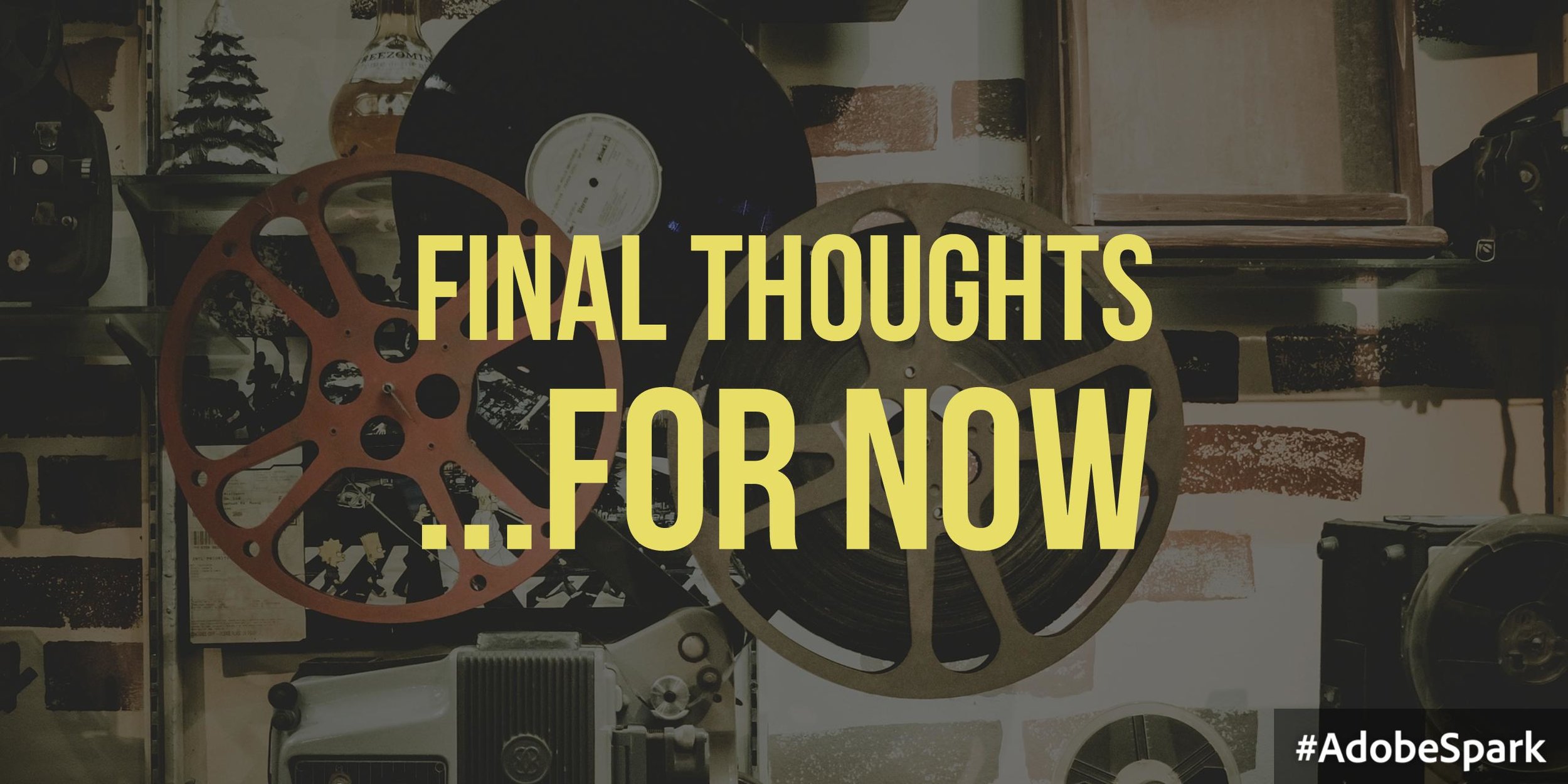 Hopefully, I’ve made a case for the need to bring creativity back into the classroom. Creative storytelling provides an avenue for learners to share life experiences, ideas, and narratives. With tools like Adobe Spark Page, Adobe Spark Video, and Adobe Clip making, putting those stories together will be less time consuming and more rewarding.References:How to Tell a Great StoryTop 10 Tips for Storytelling"Download Whitepaper - EIU Perspectives - The Economist." 2016. 29 Sep. 2016 "The 10 skills you need to thrive in the Fourth Industrial ..." 2016. 28 Sep. 2016
Hopefully, I’ve made a case for the need to bring creativity back into the classroom. Creative storytelling provides an avenue for learners to share life experiences, ideas, and narratives. With tools like Adobe Spark Page, Adobe Spark Video, and Adobe Clip making, putting those stories together will be less time consuming and more rewarding.References:How to Tell a Great StoryTop 10 Tips for Storytelling"Download Whitepaper - EIU Perspectives - The Economist." 2016. 29 Sep. 2016 "The 10 skills you need to thrive in the Fourth Industrial ..." 2016. 28 Sep. 2016

